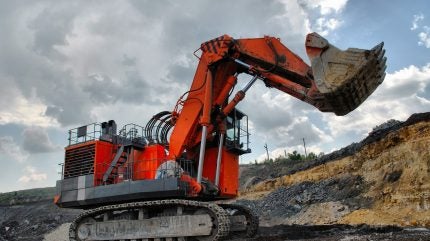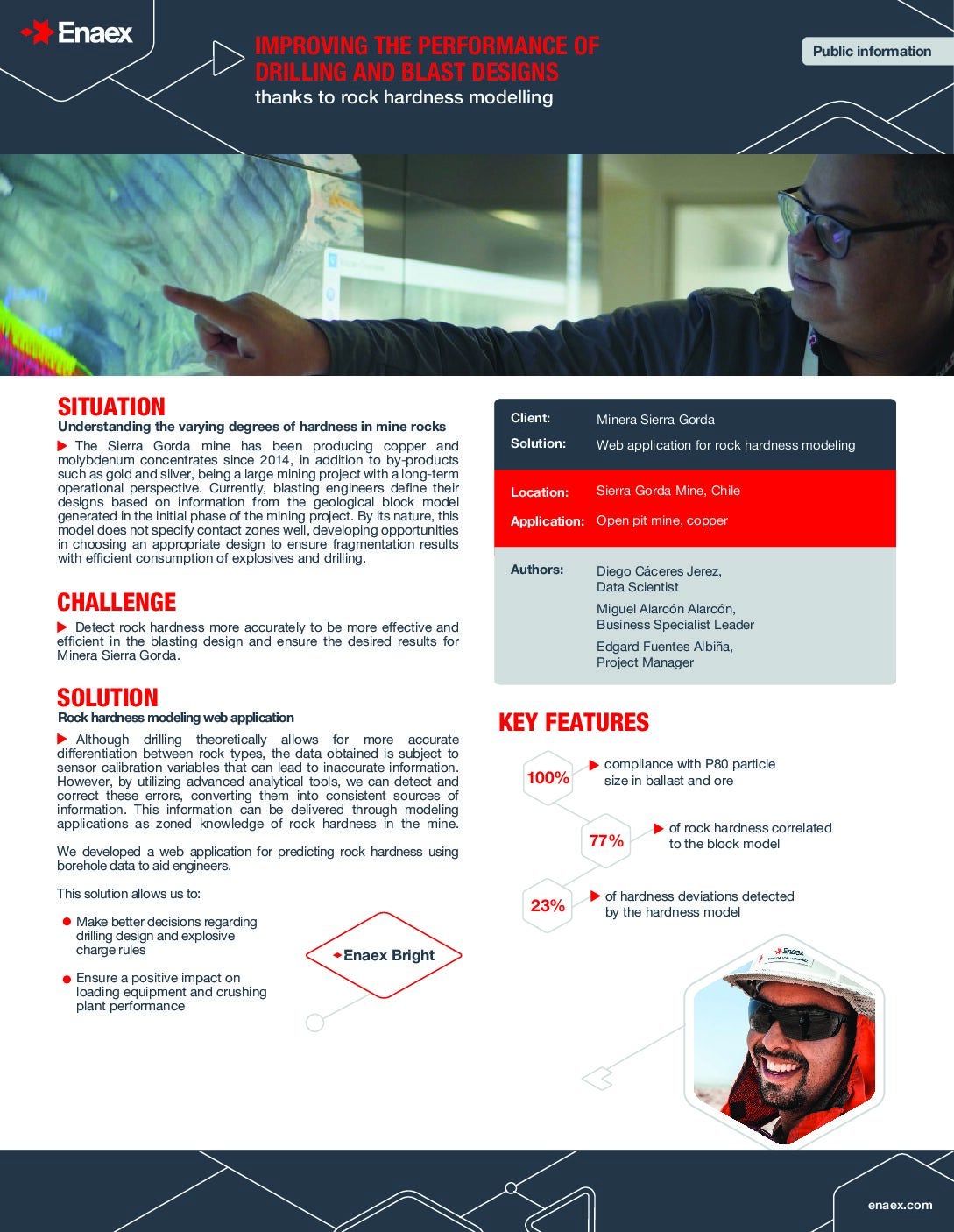
Rome Resources has initiated its drilling programme at the Kalayi prospect, part of the Bisie North Project in the Democratic Republic of Congo (DRC).
The drilling at the Kalayi prospect is the first phase of a broader exploration effort, with two additional rigs soon to be deployed to further sites.
Rome Resources expects the initial stage to refine its understanding of the high-grade tin mineralisation within the region, with the programme set to conclude in the fourth quarter of 2024.
The Kalayi prospect drilling programme is designed to include up to 12 diamond core drill-holes. This aims to delineate tin mineralisation across a 700m stretch of the high-grade soil anomaly.
The drilling targets two levels, each 50m apart, with the goal of defining tin deposits at depths beyond 100m.
Previous drilling at the Kalayi prospect yielded significant tin mineralisation, with the current drilling campaign set to expand on these findings.
The first hole of the new campaign seeks to explore the tin zone further, following a high-grade intercept identified in a prior drill-hole.
During site preparations for the first drill pad, a cassiterite vein was discovered, confirming the presence of mineralisation and suggesting potential expansion to the north-west.
This discovery was verified using a hand-held XRF analyser.
Rome Resources CEO Paul Barrett said: “We are extremely pleased to have reached this milestone so soon after admission, demonstrating the Rome team’s ability to execute operations in the DRC.
“The Kalayi prospect has already yielded grades of up to 7.2% tin in previous shallow drilling and has striking similarities with Alphamin’s nearby Mpama South Mine, where tin grades increase with depth.”




